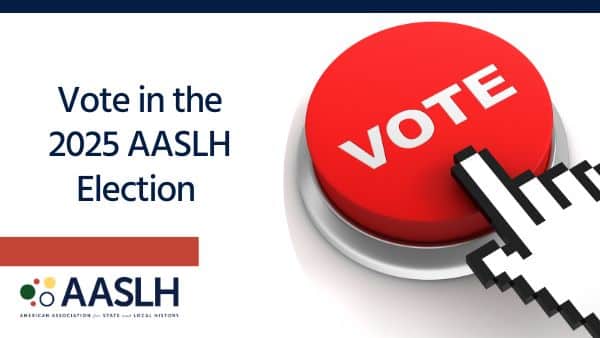Digital records, digital access, digital preservation. It’s complicated and hard to do, but accessibility is incredibly rewarding. But it’s also important to remember that not everyone is ready for it. At John Deere, our efforts to share our company’s history include brick and mortar attractions such as the John Deere Historic Site, John Deere Tractor & Engine Museum, John Deere Pavilion and John Deere Forum, as well as print and on-line resources that engage customers, collectors and others. Our primary communication channel is The Plowshare, a quarterly publication about John Deere history delivered via email and print mail across North America. How we deliver The Plowshare, though, is about to change.
We take change seriously. As company historians, we know that John Deere has grown over 178 years because we don’t maintain the status quo, and our transition to digital is no exception. For nearly a year we shared the news with readers that the spring 2016 issue will be the first fully digital issue. This means transition, and transition is not easy for everyone. Demographically, many of our readers are retired. Our research shows us that most use computers, smart phones and tablets, but many of them prefer not to. They prefer (like me I might add) to open a paper publication, flip through it, dog-ear the pages and make notes. They might frame an issue and hang it on the wall or share it with a friend. These are all important behaviors that cannot be overlooked. We also know that nearly all of those behaviors, minus the hanging on the wall, can be accomplished with a digital issue, and in some cases more easily. In addition, we can enhance the interaction with our history, and ultimately the overall experience. Still, new is new, and new takes time.
We of course agonized over the decision. The economics appear simple on the surface. Electronic delivery is cheaper than printing and mailing a publication. Yes, that’s true if you plan simply to send an email blast with a link—that is not our goal. Our goal is to add value and build an enhanced experience. With digital comes new expectations—and these are expectations we are thrilled to meet and hopefully exceed. It requires new skills, more content, more functionality, and to do it well costs more and requires a commitment. This is the story we are sharing with our readers. Some of the benefits include:
- More content: We can offer additional, never-before-seen content online. For example, if you’re reading a digital version, you can click to see rare footage of our then Deere & Company President, Burton Peek, addressing over 4,000 people in Waterloo, Iowa, when John Deere received the Army-Navy “E” Award.
- Convenience: It guarantees that our readers can still get The Plowshare, and they get instant delivery.
- New, but the same: Readers told us they like the layout, and still want to print the issue. As a result, we will continue to build it in a way that makes it easy to print, and now easily shared with friends via email or social media.
We have worked hard to continually improve a publication that allows us to share more history with our customers. It is a shared history, and it’s not easy for everyone to visit Moline, Illinois and research in the Archives. Instead, we’re working to bring the Archives to them.
To read more, or to subscribe, check out The Plowshare.
Neil Dahlstrom is Manager, Corporate History for John Deere.




